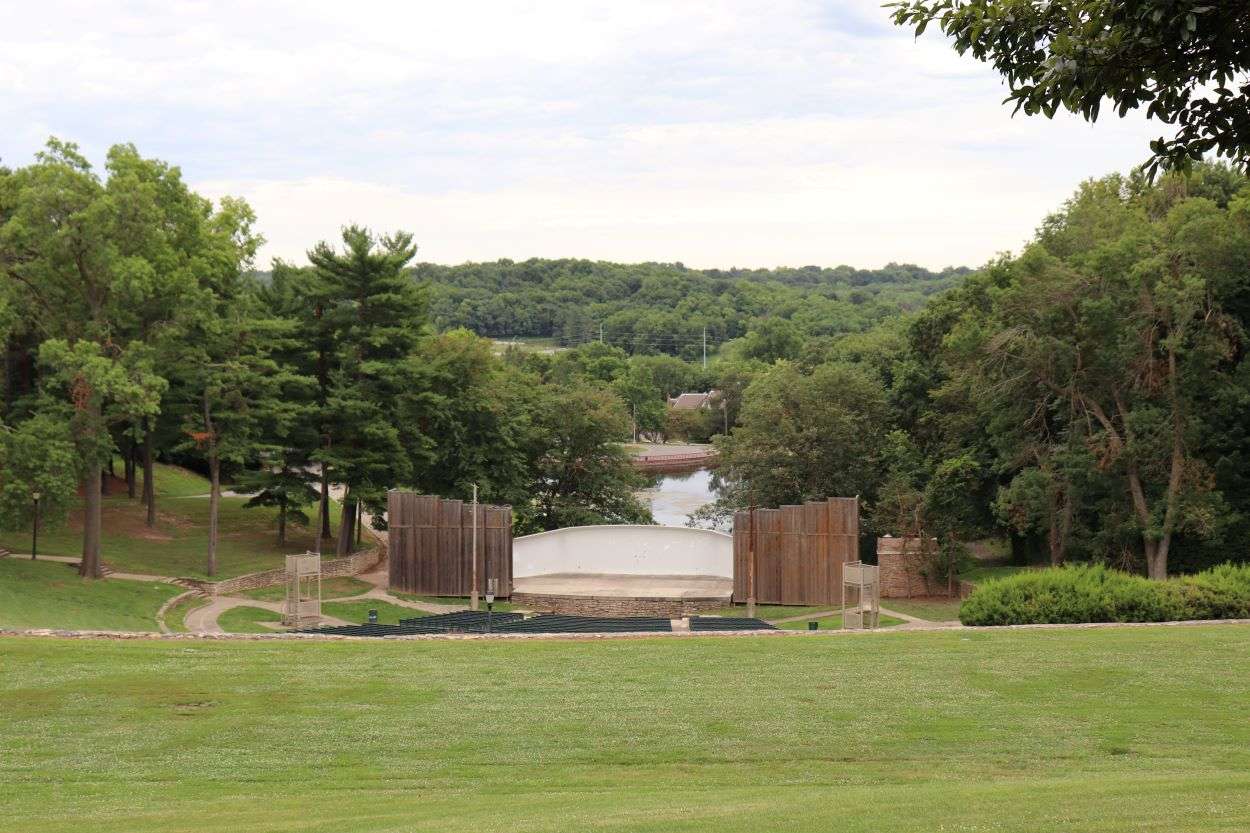
By BRENT MARTIN
St. Joseph Post
St. Joseph Parks Department officials will be using bonds to leverage the tax increase approved by voters in August.
City Manager Bryan Carter says the Parks Department is working with a financial advisor about issuing bonds to complete some of the capital improvements earlier than initially planned.
“So, effectively, we could finance the projects and complete them earlier in the process and then pay if off as tax revenues come in,” Carter says. “In addition to that, we’ve also been working on trying to determine what portions of the projects will be engineering costs and what portions will be actual capital improvement, construction-type costs and that matters a great deal in the schedule, because those engineering efforts take quite a while.”
In August, St. Joseph voters overwhelmingly approved a half-cent sales tax to fund a variety of improvements and upgrades to city parks as well as the Missouri Theater and the Civic Arena. The tax hike is projected to bring an additional $50-to-60 million over the next 10 years.
Carter says the Parks Department wants to make the most of the money and is planning how best to spend it. First, the department must determine what is most pressing.
“Our Parks staff has been diligently working on a proposed schedule for those projects and really (has) gone through a multi-stage process,” according to Carter. “They’ve gone through an evaluation of what the immediate needs are versus those needs that are improvements to the parks system, but not as immediate. A good example of that is the Missouri Theater roof. That’s something that if it’s not done soon could cause further problems.”
Among the projects promised if voters approved the parks issue was construction of a new park in eastern St. Joseph. Carter says the city will take its time determining where the park will be located and how best to go about making it a reality.
“It’s really kind of a unique situation for us in St. Joseph, because we have such a big and great park system that a lot of times we’re looking at that existing system and what we need to do to make it function in optimal form,” Carter says. “There’s not always a great deal of opportunity to look at that next stage, that next thing that can be done and this certainly is one of those opportunities.”






